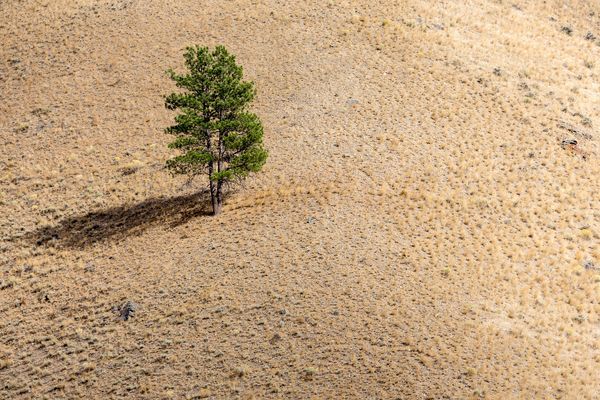How to Grow Truffles in the United States
Joyce Park stashed this in Trees
Stashed in: Awesome, Plants!, Virginia, Gardening, Mycology!, Mycology, Truffles
Like any forest product, you need patience and some land in the mid-Atlantic area. In the meantime you can train a dog to find the truffles for you.
Apparently training the dog is the easy part!
Any dog can be trained to harvest truffles. “They are trained much like drug dogs or currency dogs,” says Pat Martin, president of the North American Truffle Growers Association, and co-owner with her husband, John, of Virginia Truffles in Rixeyville, Virgina. The Martins use two Labrador retrievers at their truffiere, Le Clos de la Rabasse. Although the Lagotto Romagnolo, from Italy, is bred specifically for truffle harvesting, Martin said that any breed that likes food rewards will work. In the world of truffles, the dog training is the easy part.
Preparing the site for your truffiere requires the most labor. Remove all trees, stumps and root systems from previous growth, then test your soil. Since truffles require a soil pH of 8 to 8.3, United States growers must apply agricultural lime before planting.
“Send your soil samples to A&L Laboratories in Memphis, Tennessee for testing,” says Martin. They might be the only lab outside of France that will test your soil according to truffle growing standards and for the micronutrients needed specifically for this crop.
Once your soil is prepared, consider irrigation. Maturing trees require about an inch of water a week. When growing truffles, you do not plant one or two trees; you plant one or two acres of trees. If watering the trees proves too labor-intensive, you will likely abandon your orchard and your investment.
Truffles also need four well-defined seasons. According to Franklin Garland, owner of Garland Truffles in Hillsborough, North Carolina, they grow best in a temperate climate without extreme temperature variations. Snow is good because it insulates the ground and keeps the truffles warm. But freezing temperatures of around 20 degrees and below for more than several days will damage them and decrease their value. And since you harvest them during the winter, you will not be able to dig them up if the ground freezes. Garland says the mid-Atlantic region is best. In the United States, black Perigord truffles and Burgundy truffles (Tuber uncinatum) are currently being produced in North and South Carolina, Tennessee and Virginia. Other farms in West Virginia, Maryland and Delaware are close to harvesting.
If your property is surrounded by mature, native hardwoods, experts recommend you leave a 30-to-40-foot buffer between the existing forest and your plantings. The European truffieres do this to keep competing fungi in the forest from taking hold in their truffle trees. Since growers in the U.S. must amend the soil to sustain the truffles, however, it’s questionable whether the competing fungi can successfully establish themselves in the new environment. Martin’s daughter, Olivia Taylor, a graduate student of mycology, is writing her thesis on this very question. Until her findings are published, though, it is better to be safe than sorry, and build the recommended buffer zone.











8:08 AM Jan 13 2016